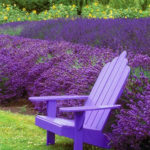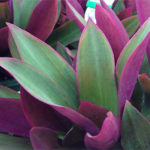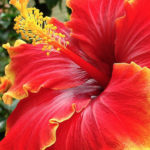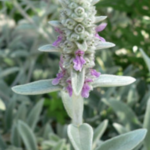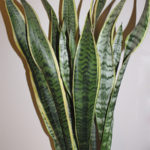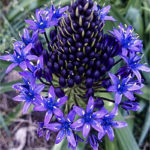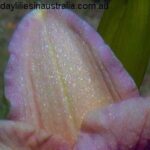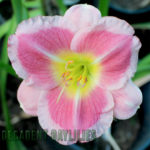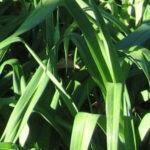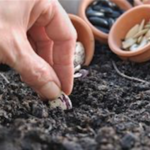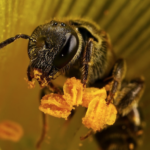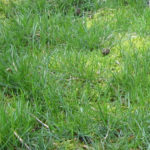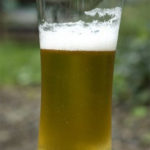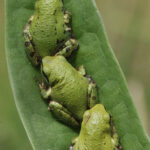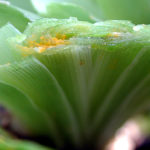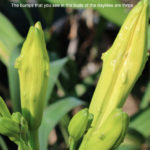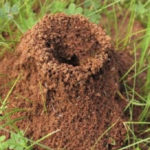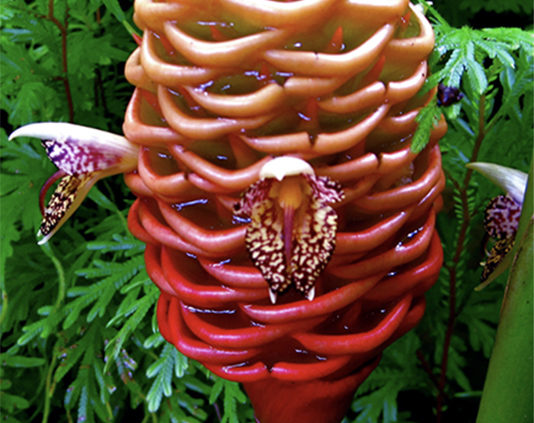
Beehive Ginger Plants Care
Beehive Ginger Growing And Caring Tips For A Special Tropical Creation
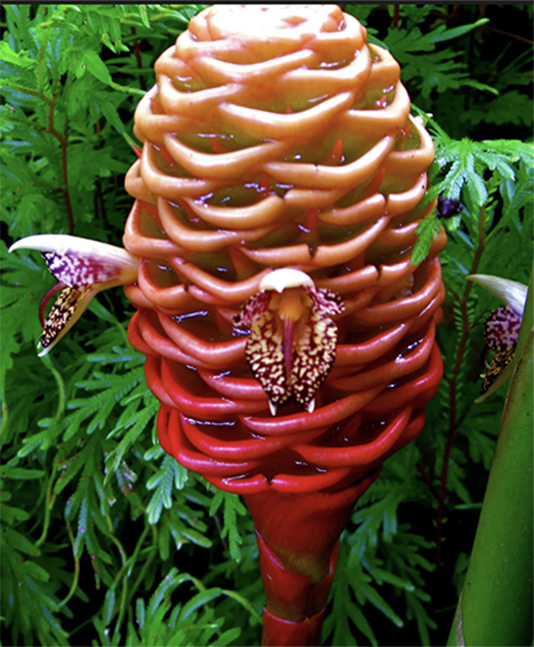 One of the most stunning looking and attractive ornamental flowers you can grow to spruce up your garden is the Beehive ginger. As you have guessed, the beehive ginger flowers bear a resemblance to a beehive shape. These plants are mainly cultivated for its different and unique shaped flowers that are created and picked from the base of the plant. The flowers also come out with a wide range of colours to add beauty to any landscape. The scientific name of this plant is Zingiber Spectabile. See how to grow beehive gingers, you must have a tropical frost free garden.
One of the most stunning looking and attractive ornamental flowers you can grow to spruce up your garden is the Beehive ginger. As you have guessed, the beehive ginger flowers bear a resemblance to a beehive shape. These plants are mainly cultivated for its different and unique shaped flowers that are created and picked from the base of the plant. The flowers also come out with a wide range of colours to add beauty to any landscape. The scientific name of this plant is Zingiber Spectabile. See how to grow beehive gingers, you must have a tropical frost free garden.
More About Beehive Ginger
The leaves of the Beehive ginger are normally long and have an oblong shape. The leaves will taper to a single point towards the tip and the plant can reach a height of 4.5 metres or 15 feet. The inflorescence of Beehive ginger can be about 30cms or 12 inches in height. The flowers alone, are seen on the top of a spike. The flowers themselves, of the Beehive ginger, are small and in particular, have purple petals with yellow spots. I know they don’t look it but the flowers are very fragile and have a papery texture. The brackets that hold the inflorescence can be in different colours ranging from white to orange to red. The bracts will darken as they grow and develop. These cone-shaped bracts can be seen to develop throughout the growing season. They are commonly used in cut flower arrangements and will last a long time.
How to Plant and Grow Beehive Ginger?
Growing this beehive ginger is not a difficult job. The thick foliage of the Beehive ginger is pest free and the plant can grow in different soil conditions. They need plenty of space to grow and will grow well in areas where there is medium sunlight. If you are growing the Beehive ginger in a container, then you must opt for a large container or pot. The leaves might get burnt when the plants grow in full sunlight. The soil has to be kept moist at all times to encourage the plant’s growth. Using a three inch layer of organic mulch will help in retaining the necessary moisture that Beehive ginger needs.
- If you are looking to plant a beehive ginger rhizome in your garden, then choose an area where there is partial sunlight and the soil has to be well-draining and moist.
- Dig a hole in the soil and add organic fertiliser to the soil. You can plant the rhizome about an inch deep into the soil. It is okay for the shoots to be above the soil.
- Make sure that you do not over water the rhizome until the plant shows some growth.
- The plant needs some sun to produce the bracts, but over exposure to the sun can burn its foliage.
Caring the Beehive Ginger
There is not much of the care that the Beehive ginger plant needs. Ensure that the plants are grown in large areas where they get filtered sunlight and adequate watering. An area where there is high humidity, indirect sunlight and dampness is an ideal place to grow Beehive ginger plants. The plants will bloom and grow well in Queensland Australia from July to November. They may be affected by pests like ants, aphids and scale. Spraying organic insecticidal sprays will help in fighting these pests.


